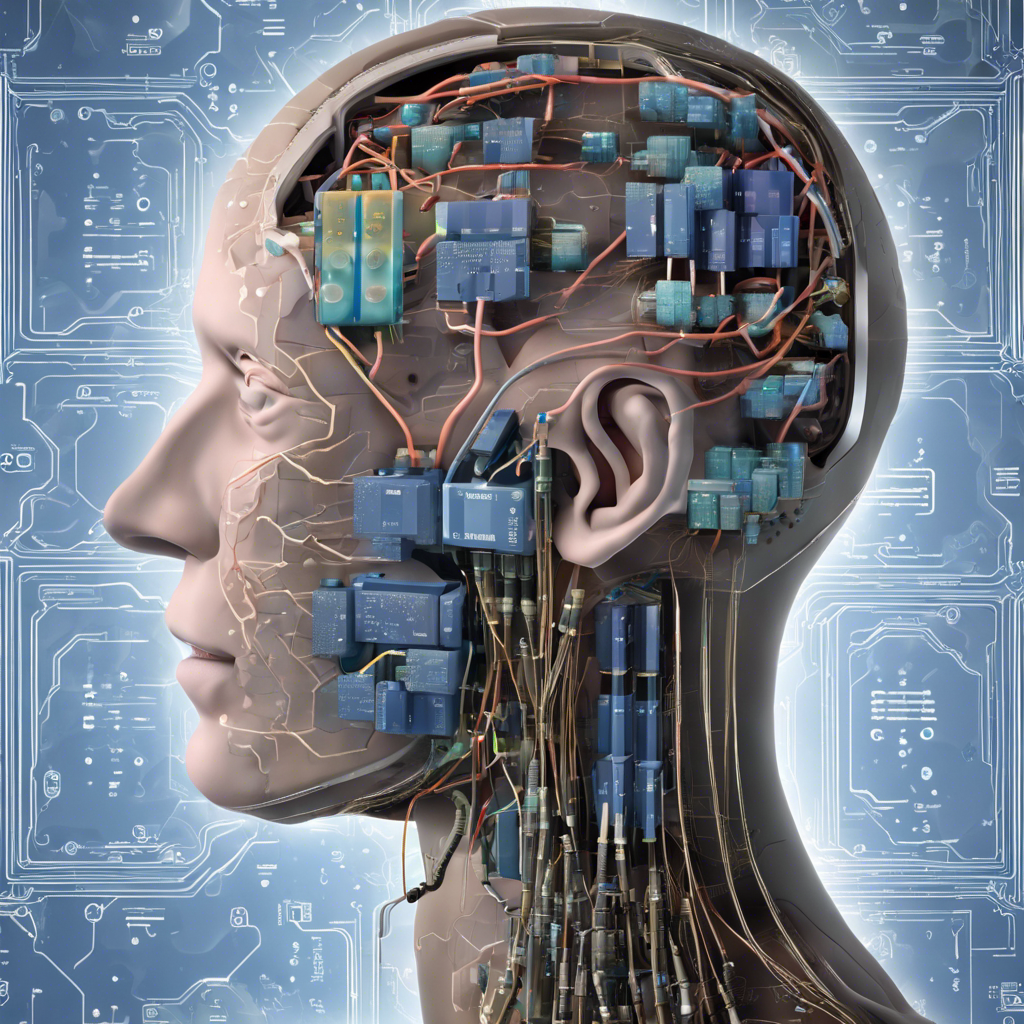Hybrid Biocomputer Combines Human Brain Tissue with Circuits for Advanced AI Systems

Researchers have developed Brainoware, a hybrid biocomputer that integrates laboratory-grown human brain tissue with conventional circuits, opening new possibilities for artificial intelligence (AI) systems and neuroscience research.
In a groundbreaking development, scientists have successfully built a hybrid biocomputer that merges human brain tissue with traditional circuits. Known as Brainoware, this innovative technology has the potential to be integrated into AI systems or serve as a foundation for improved models of the brain in neuroscience research. By combining brain organoids, which mimic human tissue, with electric circuits, researchers have created a bridge between AI and organoids, exploring the potential of leveraging the biological neural network within the brain organoid for computing.
Organoids Open Fresh Paths to Biomedical Advances
Brain organoids, bundles of tissue-mimicking human cells used in research to model organs, play a crucial role in the Brainoware system. These organoids are created from stem cells capable of specializing into different types of cells, in this case, neurons similar to those found in the human brain. By incorporating brain organoids into the hybrid biocomputer, researchers aim to explore the connection between AI and organoids.
Harnessing Brainpower
To create the Brainoware system, researchers place a single organoid onto a plate containing thousands of electrodes to connect the brain to electric circuits. They then translate the desired information into a pattern of electric pulses, which are delivered to the organoid. The brain tissue’s response is captured by a sensor and decoded using a machine-learning algorithm that can identify the related information.
Testing Brainoware’s Capabilities
To demonstrate Brainoware’s potential, the research team conducted voice recognition tests. The system was trained on 240 recordings of eight individuals speaking, with the audio translated into electric pulses delivered to the organoid. Each voice elicited a unique pattern of neural activity in the mini brain. The AI algorithm learned to interpret these responses, enabling it to identify the speaker with an accuracy of 78%.
Better Brain Model
The combination of organoids and computers presents an opportunity to leverage the speed and energy efficiency of human brains for AI applications. Additionally, Brainoware could revolutionize the study of the brain itself. Brain organoids replicate the architecture and function of a working brain more accurately than simple cell cultures, making them ideal for modeling and studying neurological disorders such as Alzheimer’s disease. Furthermore, Brainoware could potentially be used to test the effects and toxicities of different treatments by observing the reactions of the organoids, offering an alternative to animal models.
Challenges and Future Directions
While the integration of living cells into computing holds immense potential, it is not without its challenges. Keeping the organoids alive presents a significant hurdle, as they require specialized incubators for growth and maintenance. As tasks become more complex, larger organoids will be necessary. Moving forward, researchers plan to investigate how brain organoids can be adapted to perform more intricate tasks and engineer them to be more stable and reliable. This will be crucial for incorporating them into the silicon microchips currently used in AI computing.
Conclusion:
The development of Brainoware, a hybrid biocomputer that combines human brain tissue with circuits, represents a significant advancement in the fields of AI and neuroscience research. By integrating brain organoids into the system, researchers have successfully merged the power of the human brain with traditional computing capabilities. The potential applications of Brainoware are vast, ranging from improved AI systems to more accurate models of the brain for studying neurological disorders. However, challenges such as sustaining organoid viability and scaling up the technology remain. As further research and development progress, Brainoware may pave the way for a new era of computing that harnesses the power of living cells.

